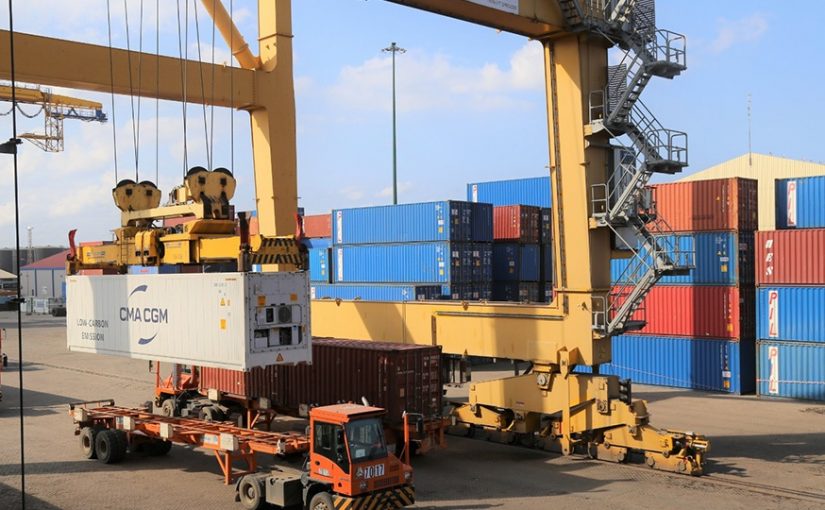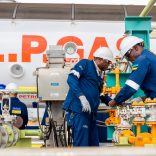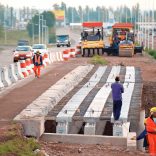Mozambique: MozYouth and INEP partnership set to strengthen youth skills and employment ...
Port of Maputo to begin expansion of container and coal terminals in H1

FILE - For illustration purposes only. [File photo: Notícias]
The Port of Maputo project to expand its container and coal terminals as part of the improvement of the operational capacity of this infrastructure could begin in the first half of this year.
These two projects are, in fact, the main pillars of the concession extension period granted by the government to Sociedade de Desenvolvimento do Porto de Maputo (MPDC), the project manager.
A statement from the MPDC explains that the works aim, among other things, to maintain the Port of Maputo as an important driver of trade and logistics in the region.
The two initiatives come as the concessionaire aims to increase its containerized cargo handling capacity from the current 255,000 twenty-foot equivalent units (TEU) to 530,000 TEU by 2026.
It was in this context that, last year, the EPC (Engineering, Procurement and Construction) tender was launched for the completion Of phase 1 of the expansion of the container terminal, operated by a consortium led by DP World. This stage will include civil, mechanical, electrical and plumbing infrastructures, comprehensive rehabilitations to modernize and improve the efficiency of the facilities.
In general, after the extension of the concession for another 25 years, the MPDC was faced with the challenge of developing a project to operate the facility that reconciled commercial and social objectives, in order to comply with the law and eliminate environmental risks.
This is a more integrated concept of sustainability, in which all port activities, particularly port design, infrastructure planning, business models, investment decisions and corporate social responsibility activities, should help to leverage its potential, without compromising ecological and social objectives.
The projection indicates that the Port of Maputo must be smart, carrying out all its operations with ecological awareness.
Among the aspects to be considered are biodiversity care and conservation, water management, reduction of greenhouse gas emissions through greater use of electricity from renewable sources and dust control initiatives.












Leave a Reply
Be the First to Comment!
You must be logged in to post a comment.
You must be logged in to post a comment.